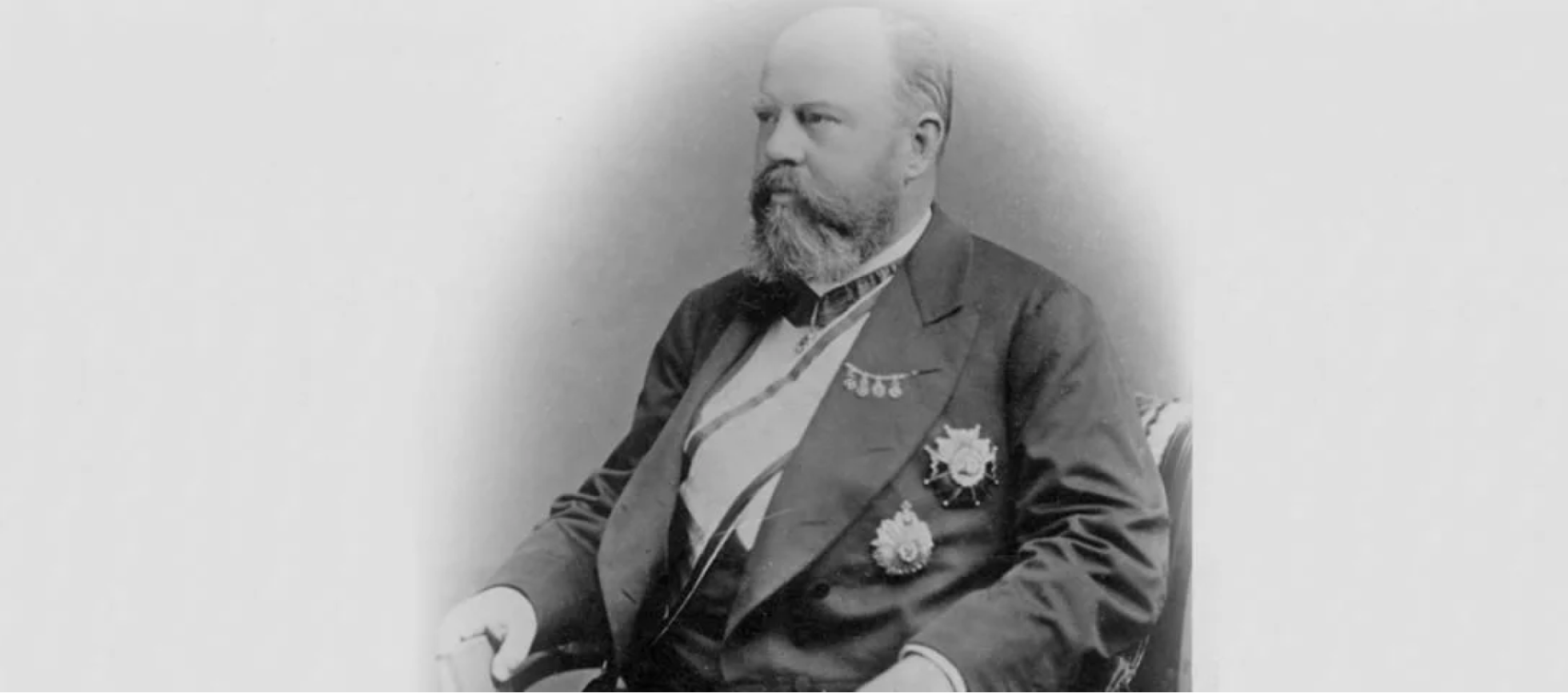
What happened next: The post bank
The post bank was L.O. Smith’s idea to boost workers’ financial security. Converting post offices into banks would make banking services more accessible, through longer opening hours and better geographical spread. Smith figured that this would help workers to save money. The proposal to start a Swedish post bank was presented to and accepted by the Swedish parliament in 1883. However, Smith is rarely mentioned when the subject of post banks is mentioned. It is rather the Swedish prime minister Robert Themander who is remembered as the driving force behind the suggestion.
In 1912, the post bank Postsparbanken became an independent governmental institution, and in 1920 it was incorporated into the state-owned Postverket. Postsparbanken had its own set of governmental regulations in the form of a savings fund. Soon enough, however, there was a suggestion to transform the business into an ordinary banking business. In 1960, Postsparbanken was reinvented as Postbanken. Through a merger with Sveriges Kreditbank in 1974, it became part of the new business bank Post- och Kreditbanken. This was something completely different to the post bank that Smith had in mind for workers’ financial security almost 100 years earlier.